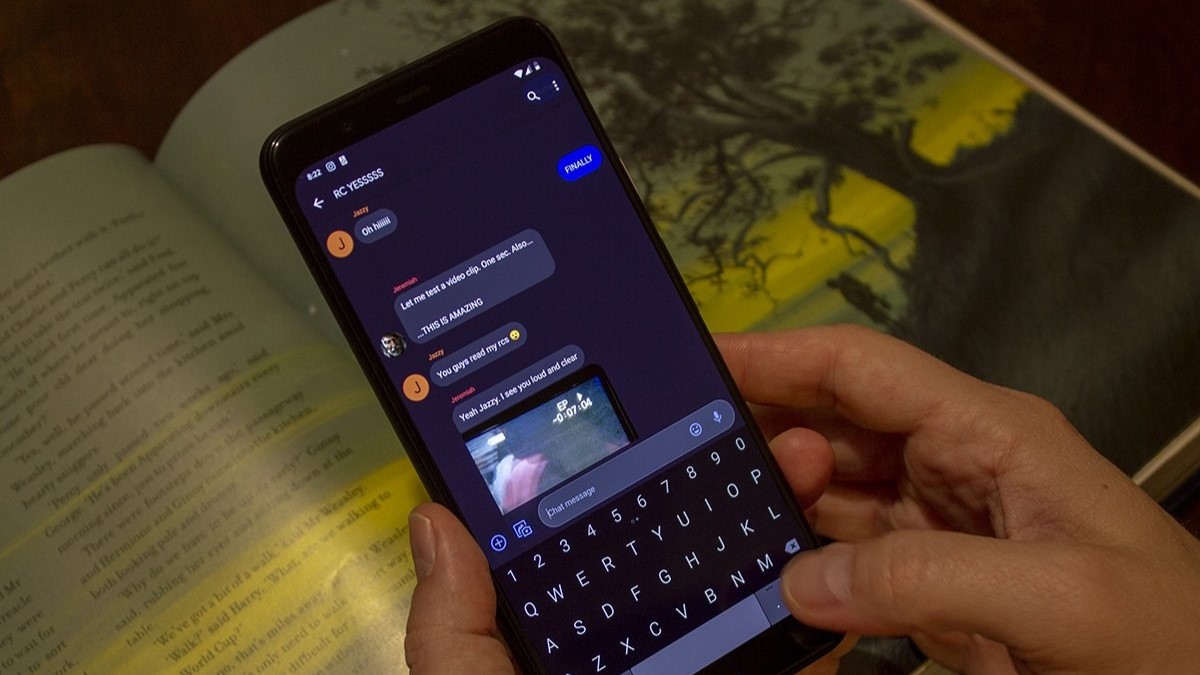Amazfit Band 7 vs. Garmin vivosmart 5
Two solid, affordable entry-level fitness trackers.
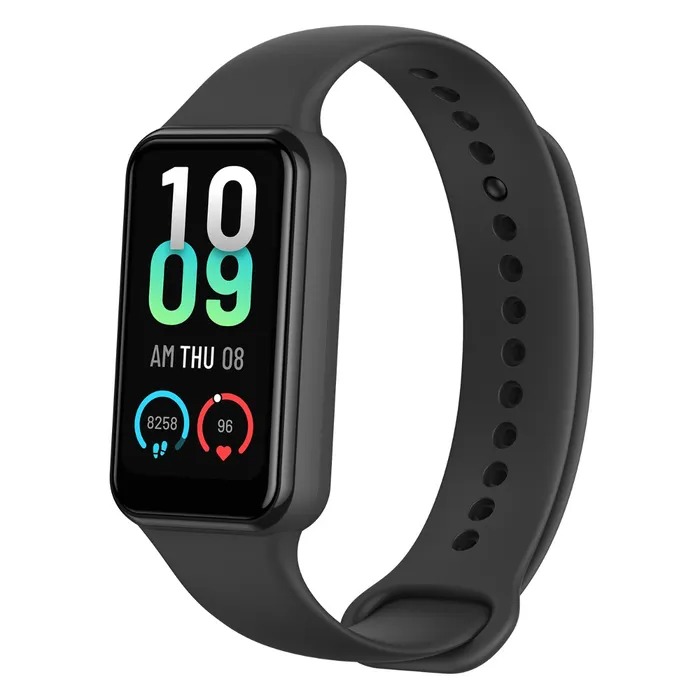
Amazingly affordable
The Amazfit Band is amazingly affordable, arguably one of the cheapest trackers I have seen that has all the premium features you’d expect in a top-line fitness tracker. With a wide selection of specific workouts to track, PAI health assessments, detailed sleep tracking, and more, it’s a nice, affordable option if you’re on a tight budget.
For
- Super affordable
- Tons of unique workouts to track
- Has all the most important features
- Generous battery life
Against
- Notifications are finnicky
- No physical buttons
- Connected GPS doesn't always work
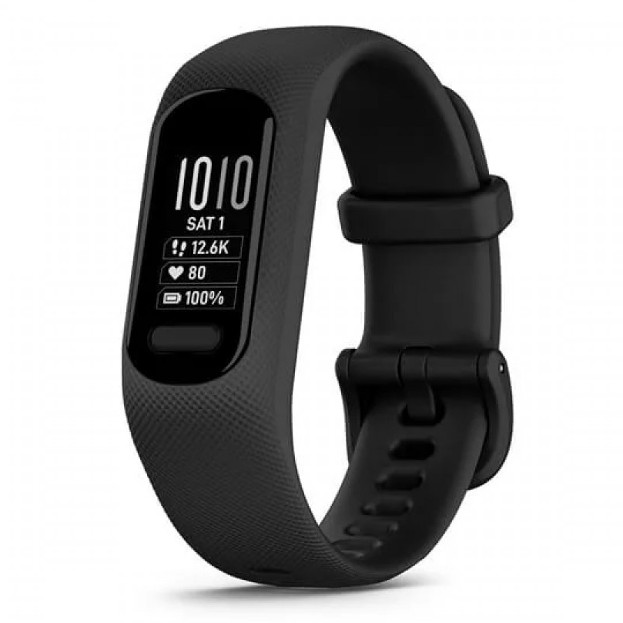
Solid, basic tracker
While it’s twice as expensive, the Garmin Vivosmart 5 is backed by Garmin’s solid reputation for quality fitness and wellness tracking. And the Vivosmart 5 delivers to justify its higher price with tons of premium features, from sports tracking to heart rate, sleep, and more, packed into a slim and sleek device.
For
- Tons of health and fitness tracking features
- Easy to navigate on the large screen
- Physical button in addition to screen
- Decently priced
Against
- No built-in GPS
- Smaller screen
- Battery life isn't the best
Some of us might be willing to fork over hundreds of dollars (in some cases, thousands) for a fancy smartwatch. Others just want something simple around their wrist to track daily steps, sports and activities, heart rate, sleep, stress, and more. In those cases, a simple fitness band will suffice. And the Amazfit Band 7 vs. Garmin Vivosmart 5 are among the most affordable ones you can buy. Both are packed with premium features. But which one is best will depend on what features matter most to you.
Amazfit Band 7 vs. Garmin Vivosmart 5: How they look
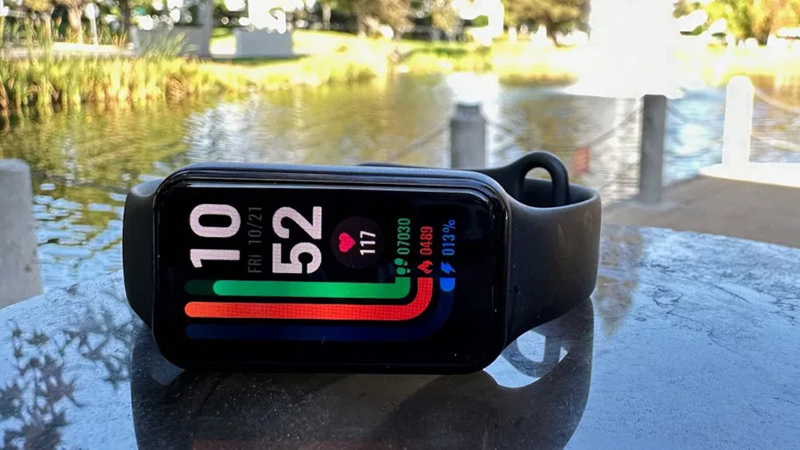
Available in black, beige, or pink with additional strap options in pink, green, blue, and orange (you can swap the bands with others), the Amazfit Band 7 comes equipped with a larger 1.47-inch HD AMOLED screen that Michael Hicks says in his review is “surprisingly bright and well-sized.” However, the Amazfit Band 7 does not have a physical function button: touch is the only way to manipulate the screen.
It is swim-proof and even has a pool swimming sports mode (among many other unique sports and activity modes you wouldn’t find on other watches, which we’ll dive into in the next section). Battery life is excellent at a whopping 18 days per charge, 12 with heavy usage, and 28 days when you activate battery saver mode to turn off certain features. Hicks, however, says that with the always-on display, the battery life is realistically closer to a week per charge.
Choose from 50+ watch faces to display, including eight editable ones so you can upload your own photos. With the app ecosystem, you can download up to 10 mini apps for everything from weather to a calculator.
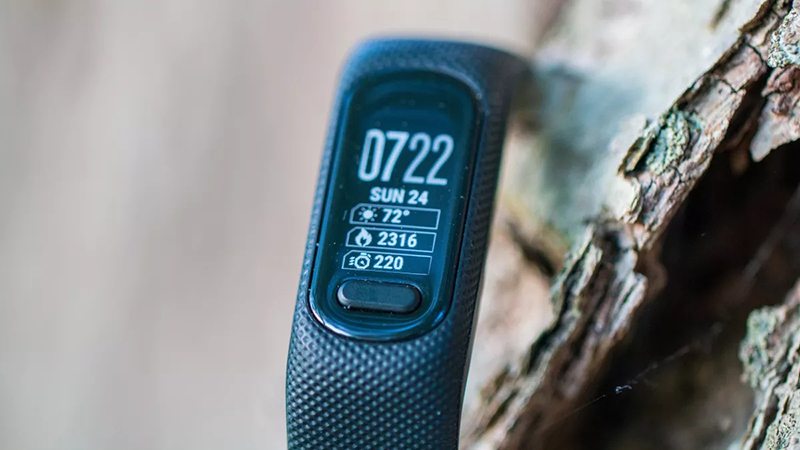
The Garmin Vivosmart 5 comes in black, white, and Cool Mint with two interchangeable band sizes to fit different wrist widths: small/medium, and large (large only in black).
It has a gorgeous, albeit small, 0.41 x 0.73-inch OLED touchscreen along with a small button for navigating and selecting menu items. Android Central’s Andrew Myrick says in his review that the wider design of the screen compared to the Garmin Vivosmart 4 allows you to see more information, while the button is an appreciated addition for better interaction on the fly. He also praises the band it comes with as being his favorite to date, soft to the touch without causing irritation. A handy notch on the band keeps it from slipping around.
With a swim-proof design, you can wear the Garmin Vivosmart 5 while swimming or in the shower, and the up to a week of battery life per charge is decent, comparable to most other trackers. However, Myrick says no matter what he tried, he could not get more than two days of battery out of it, especially when using battery-draining features like connected GPS.
You can display different widgets on the Garmin Vivosmart 5 like weather, and there are different watch faces to choose from so you can ensure you see the stats that are most important to you.
Amazfit Band 7 vs. Garmin Vivosmart 5: Breaking down the specs
We’ll get deeper into what these two trackers have to offer, but first, let’s compare the specs.
| Header Cell - Column 0 | Amazfit Band 7 | Garmin Vivosmart 5 |
|---|---|---|
| Compatibility | Android, iOS | Android, iOS |
| Colors | Black, Beige, Pink | Black, White, Cool Mint |
| Swappable Band | Yes | Yes |
| Battery Life | Up to 18 days (12 days heavy use, 28 days battery saver mode) | Up to 7 Days |
| App | Zepp | Garmin Connect |
| Heart Rate Monitoring | Yes | Yes |
| Stress Tracking | Yes | Yes |
| GPS | Connected | Connected |
| Sleep Monitoring | Yes | Yes |
| Swimproof | 5 ATM | 5 ATM |
| Phone Notifications | Yes | Yes |
| Blood Oxygen | Yes | Yes |
| Mobile Pay | No | No |
| Screen Size | 1.47 inches | 0.41 x .073 inches |
| Screen Type | HD AMOLED | OLED |
There are clearly some similarities and differences between these fitness trackers, but let’s delve deeper.
Amazfit Band 7 vs. Garmin Vivosmart 5: Sports and activities
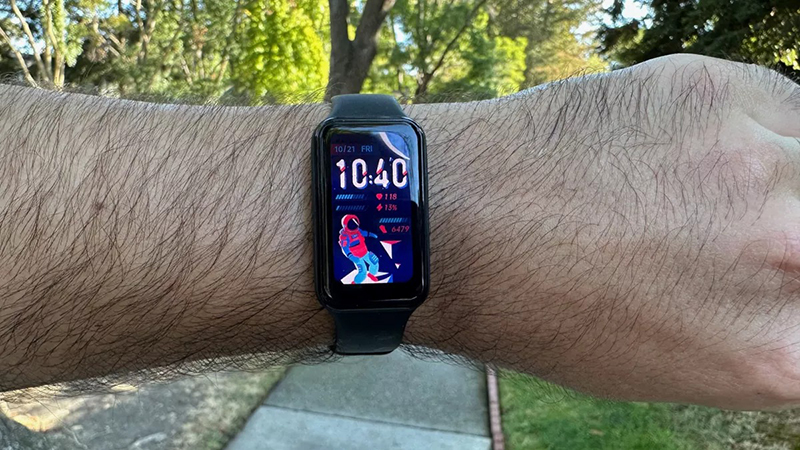
Naturally, the main reason to get a fitness band is to track activities and sports as well as vitals like heart health and sleep quality and duration. First, let’s look at how they stack up in terms of sports and activity tracking.
As mentioned, the Amazfit Band 7 has tons of built-in sports and activities modes: 120, to be exact. These include the usuals like walking, running, cycling, strength training, yoga, and one that is more commonly found in premium trackers: HIIT workouts. But it also has some of the most unique sports and activity modes I have seen in any tracker. These include ones like body combat, flexibility training, gymnastics, ballroom dance, wrestling, Tai Chi, bowling, dodgeball, tubing, skating, and darts.
If you’re in the midst of a huge esports battle, you can even track that, along with activities like board games. Bottom line: if there’s an activity you’re doing that isn’t sitting at a desk or on the couch, it can track it.
Keep in mind, however, that these are more for labeling purposes so you can keep track of what you did and when. You won’t, for example, be able to log the specific number of punches while boxing or revolutions while jumping rope. But when you cross reference your labeled activities with stats, it will provide a good idea of which workouts yield the best results. Maybe you find, for example, that bowling really gets your heart rate pumping while skating is far more casual an activity based on your body’s responses and typical intensity.
The Amazfit Band 7 also offers smart recognition of four common activities: walking, running, elliptical, and rowing machine. If you begin a workout doing one of these and forgot to set the watch, it will automatically sense it and start logging the workout.
The PeakBeats workout status algorithm tracks your maximum oxygen uptake, otherwise known as Vo2 Max, along with full recovery time, training load, and training effect after a workout ends. This will give you an idea of your progress and if you pushed yourself to a limit. The Virtual Pacer will test your cardio level as well.
Meanwhile, the PAI (Personal Activity Intelligence) health assessment delivers a score after seven days of activity through earned points to give you an idea of whether or not you are reaching the right intensity in your workouts. The idea is to maintain a score of 100 PAI every week, with activity along with gender, maximum heart rate, resting heart rate, and your response to exercise all taken into consideration to award points. The feature is cool but doesn’t rival Garmin’s most robust offerings. It’s a motivator, nonetheless.
Additionally, you can tap a single button at any time to test three core health metrics in under a minute to get a quick idea of where you’re at. View all your stats in the Zepp app.
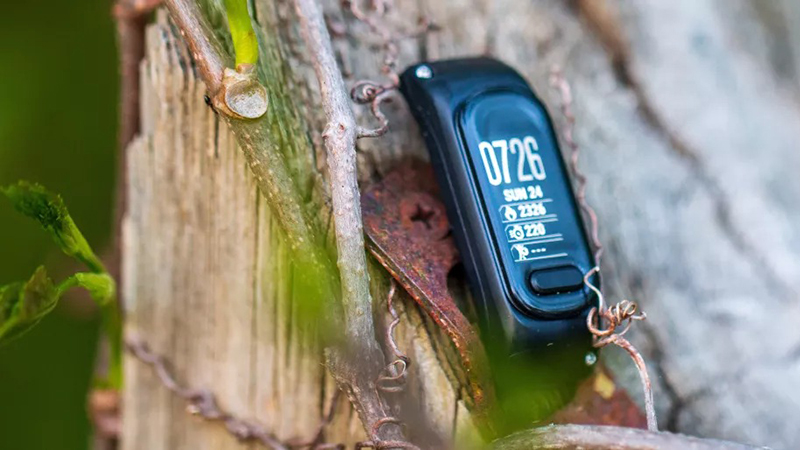
The Garmin Vivosmart 5, meanwhile, tracks all the same basics, including sports and activities, heart rate, stress, and sleep, and works with the Garmin Connect app. Myrick loves how everything is laid out nicely in the app, making it easy to see every metric and dive deeper into specific ones as desired.
You’ll see activities like walking, running, elliptical, swimming, weight/strength training, and more. It can also automatically detect certain exercises if you forget to manually initiate a certain workout, like running or elliptical. Garmin calls this feature MoveIQ.
Garmin’s unique metric is called Body Battery energy monitoring, which tracks your stats over time and then lets you know the best time to work out and when your body needs rest. It also provides a cardio fitness age, chronological age, resting heart rate, and body mass index (BMI).
You might not get as many unique sports and activity options with the Garmin Vivosmart 5, but if you only engage in and want to track the basics, it will do just fine.
Amazfit Band 7 vs. Garmin Vivosmart 5: Other health and wellness stats and functions
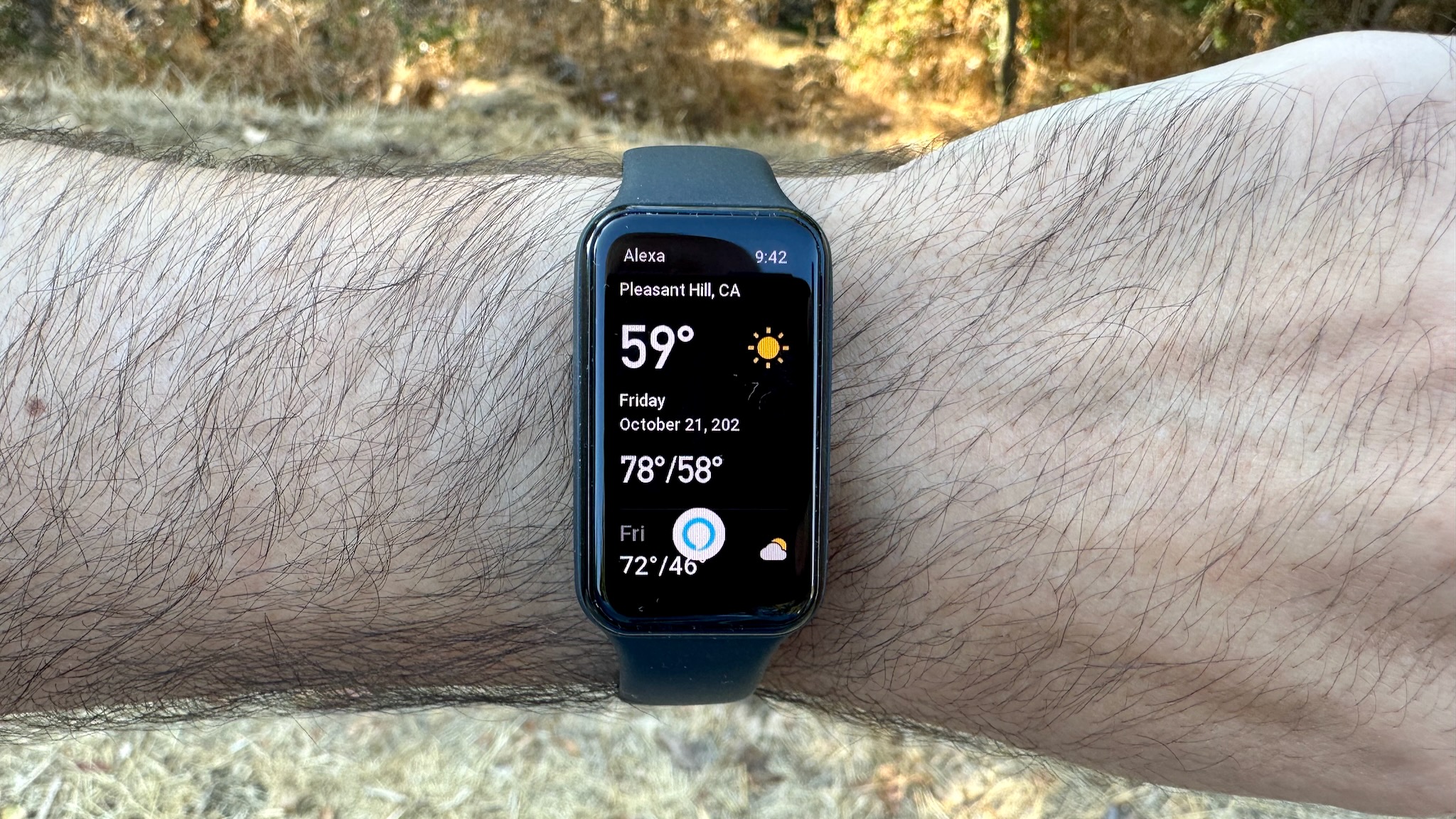
Nowadays, smartwatches and fitness trackers do more than just track your fitness and activities. There are a lot of other important stats to consider that impact your overall health and wellness.
The Amazfit Band 7 does 24-hour blood oxygen monitoring, heart rate, and stress tracking. It will send notifications if it detects abnormal heart rate, blood oxygen, or stress levels. It also includes menstrual health tracking. Connected GPS means you can leverage your phone’s GPS to track your route for trail walks and morning runs, though Hicks found it would sometimes drop the connection. For sleep, it tracks sleep quality, including light, deep, and REM via SomnusCare.
It displays incoming calls and message notifications on the small but still crisp and readable display, says Hicks. It can also be used as a stopwatch or display information from relevant apps, like weather. You can also use it for Bluetooth music control with compatible devices, find my phone, as a stopwatch, or even to manage a to-do list. Activate do not disturb mode if you don’t want to be interrupted.
One stand-out feature with the Amazfit Band 7 is that it comes with Alexa built-in so you can do things like set an alarm, ask questions, and even get translations, right from your wrist. But keep in mind that it only has a mic, not a speaker, so the replies appear as text. Plus, you must first trigger Alexa via an app icon before delivering your query. It’s an extra step but offers the added benefit that it isn’t always listening.

When it comes to the Garmin Vivosmart 5, you’ll also get blood oxygen saturation tracking, stress tracking, relaxation reminders, breathing activities, women’s health tracking, and more. Like the Amazfit Band 7, the Garmin Vivosmart 5 offers connected GPS and includes detailed sleep tracking, including sleep stages of light, deep, and REM along with pulse and respiration.
Along with being able to display notifications from a connected smartphone, the Garmin Vivosmart 5 also offers find my phone, do not disturb, and other similar features.
One of the neat additional features with the Garmin Vivosmart 5 is incident detection, which allows you to send a message and your live location to emergency contacts should something go wrong while you’re doing an outdoor workout (or simply feel unsafe while by yourself outside). There’s also hydration tracking, and the ability to use Quick Replies to respond to messages from a compatible Android phone right from your wrist.
Amazfit Band 7 vs. Garmin Vivosmart 5: Which should you buy?
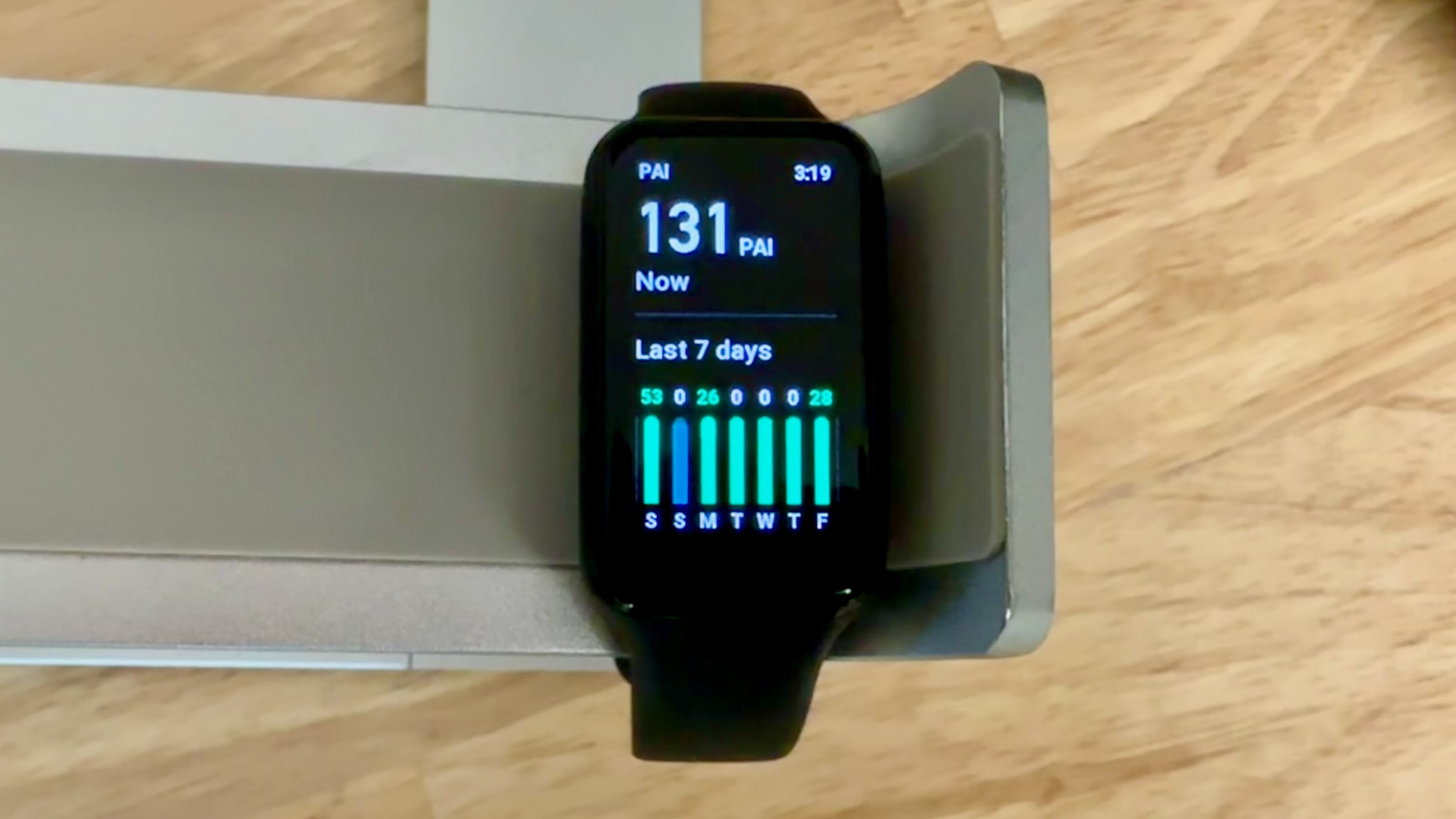
When it comes to price-to-value ratio, Hicks says the Amazfit Band 7 is easily one of the best fitness trackers you can buy. But you do need to be mindful of its drawbacks. Among these include the less robust fitness tracking than you’d get with a Garmin, or even a Fitbit, the finicky connected GPS, and the lesser battery life than stated should you decide to use it with the always-on display 24/7.
But by and large, for an entry-level tracker for someone looking to focus a bit more on their health and wellness and track not only exercise but also sports and even everyday activities, it’s one of the most, if not the most, affordable options you can buy.
The Garmin Vivosmart 5, meanwhile, might be more expensive, but you have all the top-line Garmin features to rely on, like Body Battery, fitness age, detailed sleep tracking, stress and heart rate monitoring, and even safety features. However, you’ll need to take note of Myrick’s observations regarding battery life. Nonetheless, it, too, is a solid entry-level tracker option. It’s especially good for someone who plans to move up in the fitness tracker world and wants to use it as an entry into Garmin before they opt for something more robust within the Garmin ecosystem.
Considering the Amazfit Band 7 vs. Garmin Vivosmart 5, they are both great options for newbies. It comes down to how you want to use it and what features you value most. For the ability to log a variety of activities, sports, and exercises, the Amazfit Band 7 can’t be beaten. For something more robust and feature-rich that you plan to replace in a few years once you up your training intensity, the Garmin Vivosmart 5 would be the better option. It will familiarize you with how Garmin trackers work, and you can keep all your historical data in the app once you upgrade to track progress over a longer period of time.

The price is right
Given its price, it’s impressive what you can accomplish with the Amazfit Band 7. It’s a solid option for someone just getting into fitness tracking, or for someone who isn’t a big athlete or fitness buff but wants to get an idea of how the different things they do everyday impact their body’s response. What activities burn the most calories, and contribute to your heart health, blood oxygen, and even sleep? You’ll get these answers and more and won’t fork over hundreds of bucks in the process.

A good starter tracker
You get so much with the Garmin Vivosmart 5 you’d expect from trackers that cost twice as much, along with an attractive design, interchangeable bands, and Garmin’s reputation for reliability and robustness. If you are just starting on your fitness journey, the Vivosmart 5 is a good foot in the door that will allow you to familiarize yourself with the Garmin ecosystem and app until you’re ready to upgrade to something more premium.
Be an expert in 5 minutes
Get the latest news from Android Central, your trusted companion in the world of Android

Christine Persaud has been writing about tech since long before the smartphone was even a "thing." When she isn't writing, she's working on her latest fitness program, binging a new TV series, tinkering with tech gadgets she's reviewing, or spending time with family and friends. A self-professed TV nerd, lover of red wine, and passionate home cook, she's immersed in tech in every facet of her life. Follow her at @christineTechCA.
